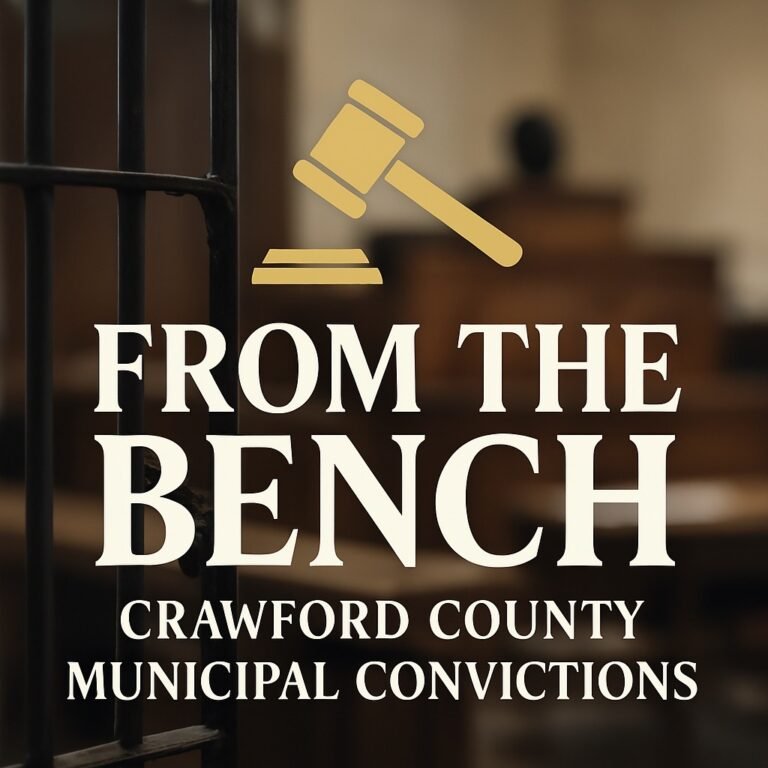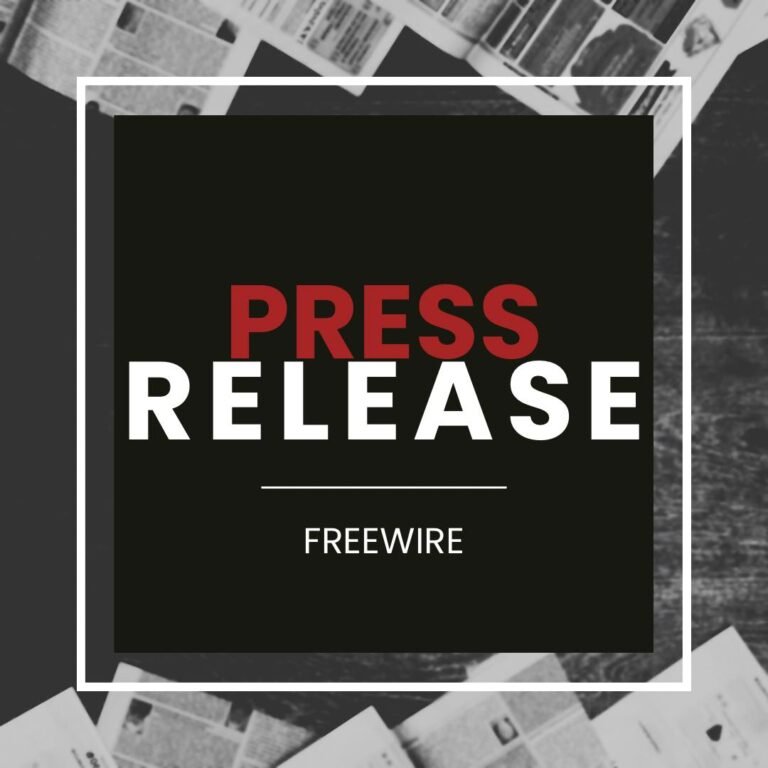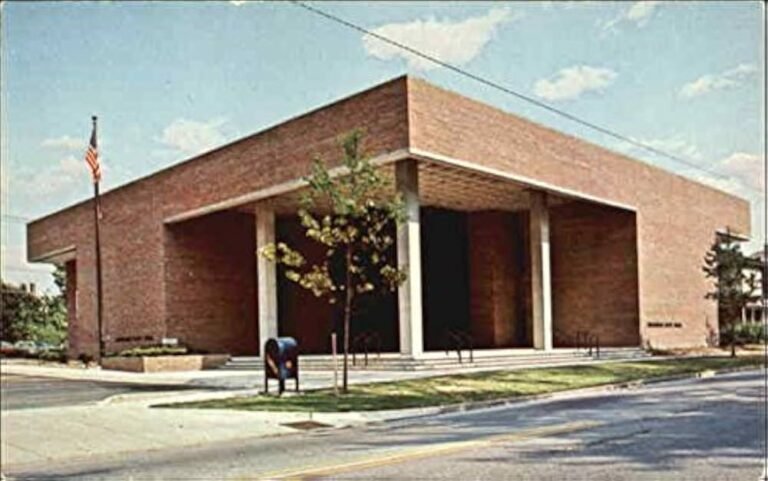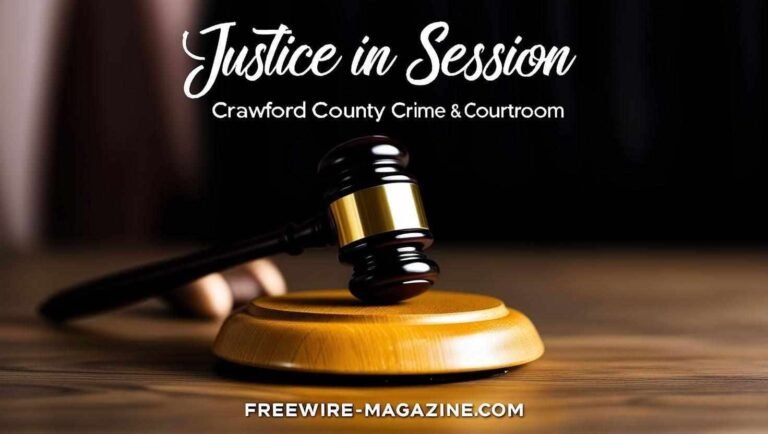
By April Rodgers Content Coordinator
As the world turns its eyes toward Vatican City, history prepares to unfold once again. On May 7, 2025, the College of Cardinals will enter one of the most secretive and symbolic processes in the modern world: the papal conclave. With Pope Francis having passed, 135 cardinal electors—those under the age of 80—will be locked inside the Sistine Chapel to choose the next spiritual leader of more than a billion Catholics worldwide.
This is no ordinary election. It’s a ritual centuries in the making, steeped in tradition, secrecy, and ceremony.
The Ritual Behind Locked Doors
The word “conclave” comes from the Latin phrase cum clave, meaning “with a key.” And that’s exactly how it begins: once the cardinals are sworn to secrecy, they are quite literally locked inside the Sistine Chapel. They will remain in seclusion until they come to an agreement—by a two-thirds majority—on who the next pope will be.
No phones. No press. No outside contact. Just prayer, reflection, and vote after vote, written by hand and counted carefully.
Each day, two rounds of voting take place in the morning and afternoon. After each session, the ballots are burned in a specially designed stove, and here’s where the world gets its clue: the smoke.
Black Smoke or White Smoke?
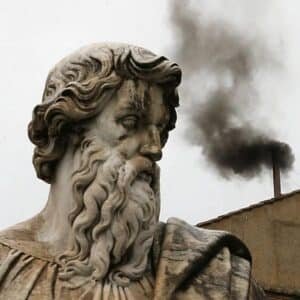
It’s one of the most iconic visuals in Catholic tradition. Black smoke (fumata nera) signals that no decision has been reached. White smoke (fumata bianca) announces that a new pope has been chosen.
This smoke rises from a narrow chimney above the Sistine Chapel roof, and when it turns white, bells ring across Vatican City. Crowds gathered in St. Peter’s Square cheer, and a centuries-old phrase echoes from the balcony: “Habemus Papam!”—“We have a pope!”
The Front-Runners: Who Will Wear the White?
This time, several names have emerged as likely contenders. Cardinal Pietro Parolin of Italy, the current Secretary of State, is seen by many as a front-runner. Known for his diplomatic skill and close work under Pope Francis, Parolin represents continuity—but also draws criticism over past controversies, including Vatican finances and the Church’s deal with China.
Another name circulating is Cardinal Luis Antonio Tagle of the Philippines. Often referred to as the “Asian Francis,” Tagle is beloved for his humility, warmth, and strong theological grounding. His election would not only mark the first Asian pope in centuries, but also reflect the Church’s growing presence outside Europe.
Other dark horse candidates include Cardinal Matteo Zuppi of Italy, respected for his peacebuilding efforts and moderate tone, and Cardinal Péter Erdő of Hungary, a favorite among conservatives.
What’s at Stake?
While some may see the papacy as a purely religious role, the pope also serves as a global moral voice—one that influences international politics, humanitarian priorities, and even climate policy.
The new pope will inherit a Church facing modern challenges: declining attendance in parts of the world, ongoing abuse scandals, debate over LGBTQIA+ inclusion, and calls for reform in doctrine and leadership roles. As the conclave begins, the world waits—not for a press conference or campaign speech, but for a curl of white smoke rising above centuries-old rooftops.
In a world of noise, the Church’s most powerful decision begins in silence.














